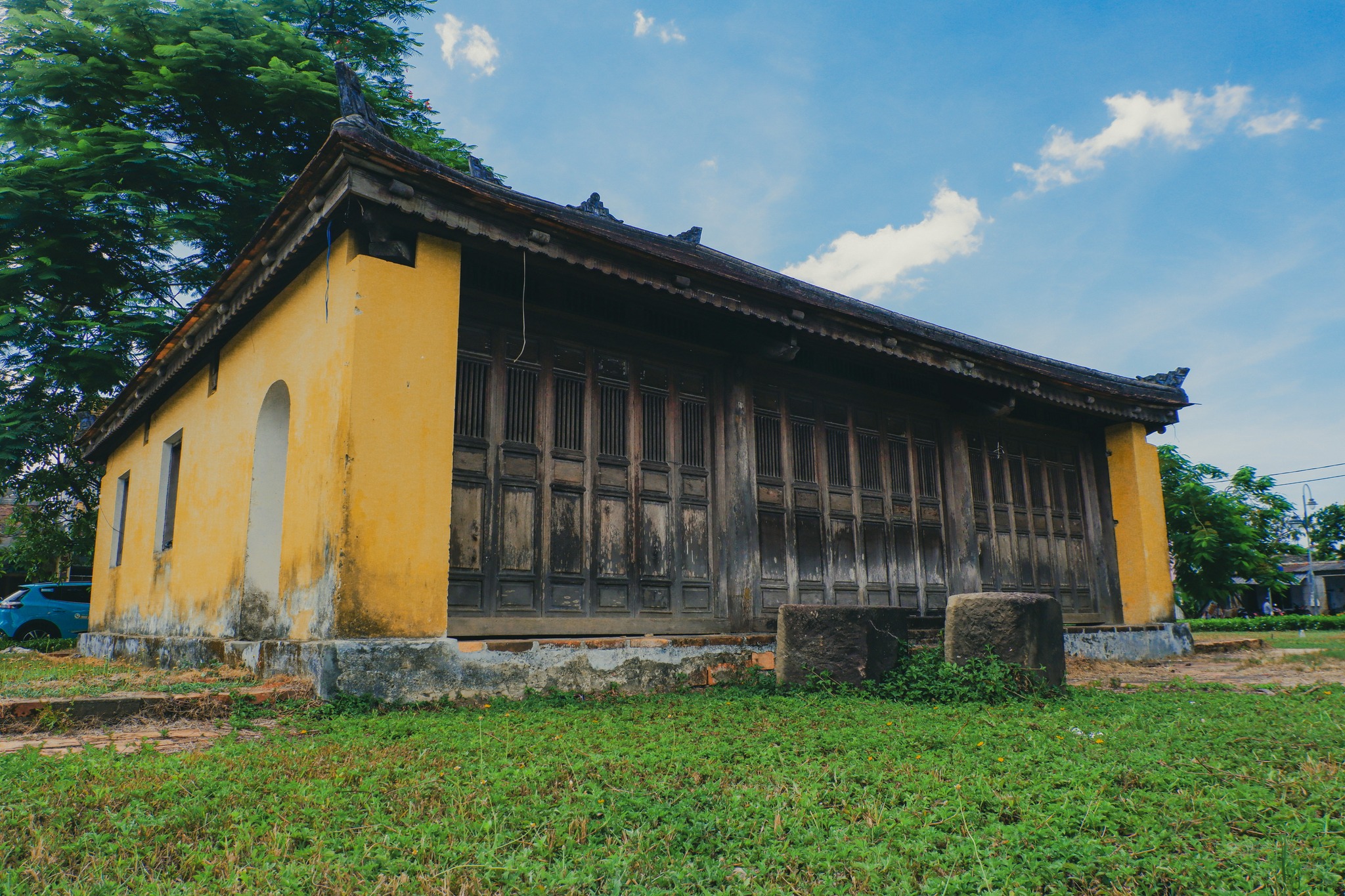The name Bình An Đường - or Bình An Gia (literally meaning "peaceful home") - has a beautiful and poetic meaning. This was the hospital for the servants of the royal court, who were provided with medicine and medical care under the direction of the Thái Y Viện (Imperial Medical Bureau). However, if we only tell about that, it is too simple for a building that can be called the "Cát An Sở of the Nguyễn dynasty". So what is Cát An Sở? And why can it be compared to Bình An Đường? To understand this, we can consider the regulations from the Qing court of China.

In the Qing court, only the people who were considered the masters of the Forbidden City, such as the emperor, empress, or direct sons and daughters, were allowed to die in the palace itself. In addition, all the princes, princesses, and concubines had to be taken to Cát An Sở (a place outside the Forbidden City).
People in the palace who died were wrapped in blankets from the palace and placed in Cát An Sở. The funeral for the concubines was held by the Nội vụ phủ (Inner Court). In the case of some concubines who were still dying or seriously ill, they would be treated here. If the person did not survive, this would be the place where their funeral would be held. Although there were still exceptions if the emperor granted special permission, this regulation also made it clear to everyone about the harsh regulations of the royal family.
Back to Bình An Đường, it has actually been recorded as such. According to the Thừa Thiên Huế Province Research and Development Journal, Bình An Đường was not only a place for treatment, but it was also where concubines who died young were treated and died. Also according to this journal, in the journal of the Đô thành hiếu cổ (Ho Chi Minh City Antiquities Association), Mr. L. Cadière wrote about Bình An Đường, which can be translated as follows: "Bình An Gia hospital, in this house, the women of the palace had to be hospitalized when they were sick, and this is also where they died... located in the former Bảo Đức ward, now Trung Hậu ward.